Presentation
Patient with primary infertility. Had HSG done that showed bilateral corneal tubal blockage.
Patient Data

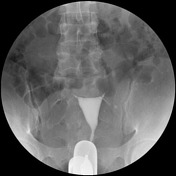
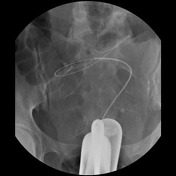

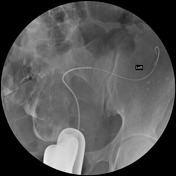

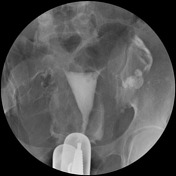

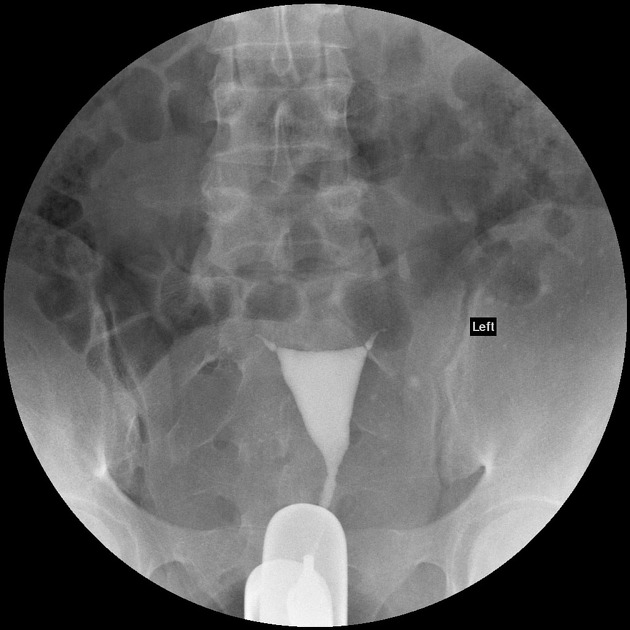
Initial HSG showed bilateral cordial tubal blockage.
Both tubes were successfully catheterized using a 5Fr catheter and a 0.035 hydrophilic guide wire. Post procedure HSG showed bilateral free spill with left predominance.
She later conceived and carried a term pregnancy.
Case Discussion
Fallopian tube catheterization for treatment of proximal tubal occlusion is well-established. It involves using a 5 or 7Fr polyethylene catheter and advancing a 0.035 (0.089cm) J guide wire to the uterine cornu.
Once point of obstruction is passed guide wire is removed and contrast is injected through the catheter followed by flushing with normal saline.
Post recanalization HSG is then done.




 Unable to process the form. Check for errors and try again.
Unable to process the form. Check for errors and try again.